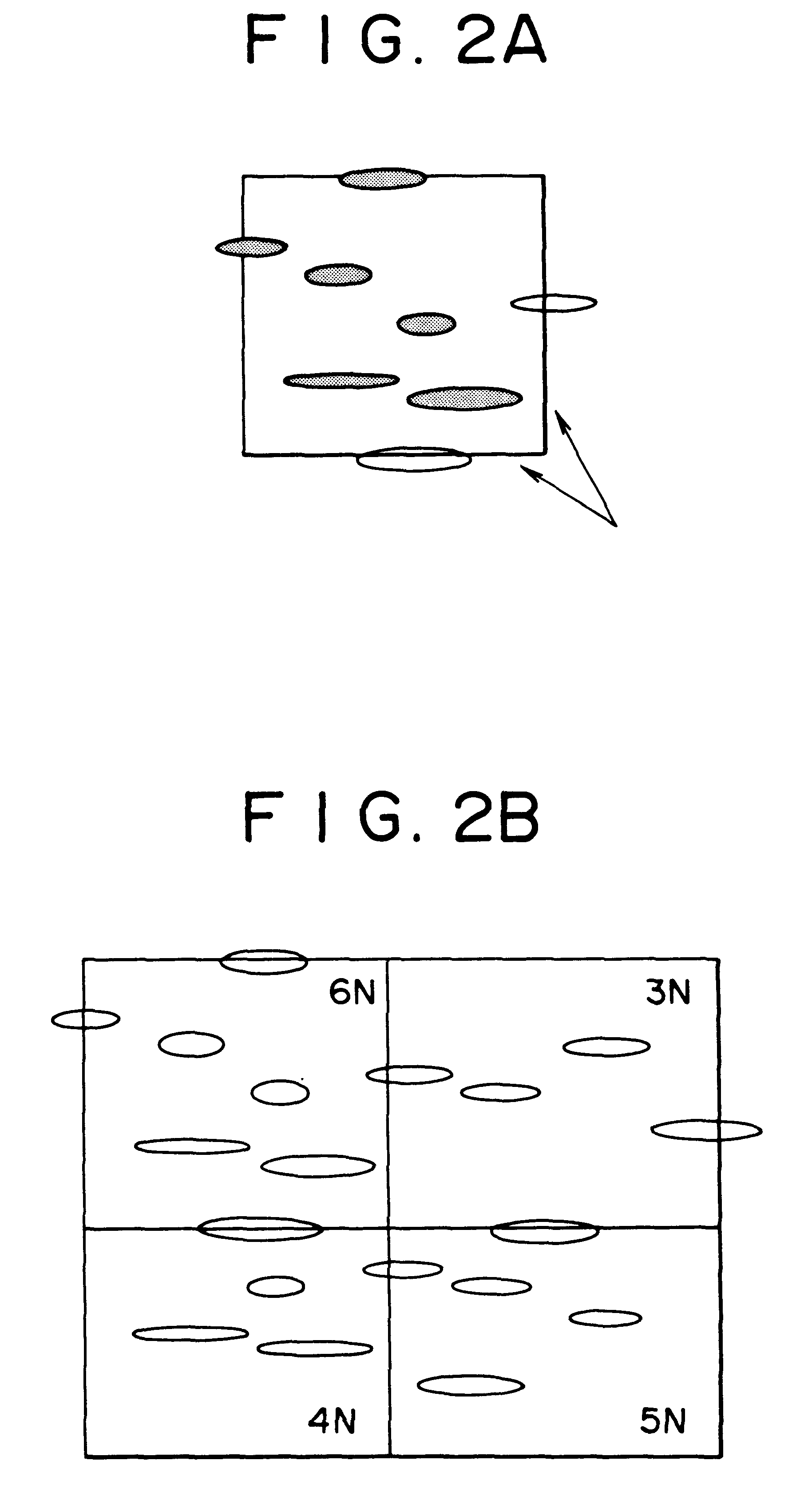Free machining steel for use in machine structure of excellent mechanical characteristics
a technology of mechanical characteristics and free machining steel, which is applied in the field of free machining steel for use in, can solve the problems of affecting the safety operation of machining, and unable to achieve the effect of reducing the amount of solid solubilized mg of sulfid
- Summary
- Abstract
- Description
- Claims
- Application Information
AI Technical Summary
Benefits of technology
Problems solved by technology
Method used
Image
Examples
Embodiment Construction
Various kinds of steel materials were made by melting as below for comparative study of the distribution state for the sulfide type inclusion particles while varying them in the free machining steels.
By using high frequency induction furnace, C was at first added in a molten steel and, successively and Fe--Mn alloy, Fe--Si alloy were added and, further, Fe--Cr alloy and Fe--S alloy were added. Subsequently, Al and Mg were added. For the addition of Mg, one of lumpy Ni--Mg alloy, Si--Mg alloy and Ni--Mg--Ca alloy was used. The dissolved oxygen in the molten steel upon addition of the Mg alloy was adjusted by controlling the Al addition amount before addition of the Mg alloy. Further, ingots of 140 mm.phi. were cast while varying the time from the addition of the Mg alloy to the casting and the mean coagulation rate after the casting. Table 1 shows the chemical ingredient compositions for each sample, and Table 2 shows the dissolved oxygen amount, the species of the added alloys, the ...
PUM
| Property | Measurement | Unit |
|---|---|---|
| aspect ratio | aaaaa | aaaaa |
| diameter | aaaaa | aaaaa |
| hole depth | aaaaa | aaaaa |
Abstract
Description
Claims
Application Information
 Login to View More
Login to View More - R&D
- Intellectual Property
- Life Sciences
- Materials
- Tech Scout
- Unparalleled Data Quality
- Higher Quality Content
- 60% Fewer Hallucinations
Browse by: Latest US Patents, China's latest patents, Technical Efficacy Thesaurus, Application Domain, Technology Topic, Popular Technical Reports.
© 2025 PatSnap. All rights reserved.Legal|Privacy policy|Modern Slavery Act Transparency Statement|Sitemap|About US| Contact US: help@patsnap.com



